How to Fix 5 Common Lawn Problems in Idaho
Everybody likes to feel special, but chances are, you have the same types of lawn problems as everybody else in Idaho Falls and Boise.
Sorry. You’ll have to do something else unique to stand out. Maybe stroll your neighborhood wearing a robe and a sparkly gold crown.
Meanwhile, here’s a look at 5 common Idaho lawn problems and how to fix them.
1. Weeds
Now that we’ve put you in a bad mood with a single word, let’s try to fix this. When it comes to grass problems in Idaho, weeds win.
We like to call the most common lawn weeds in Idaho the Sinister Seven. Here they are. Cue the villain music:
1. Crabgrass
2. White Clover
3. Canada Thistle
4. Dandelions
5. Black Medic
6. Field Bindweed
7. Common Mallow
The trick to keeping these bad guys from popping up throughout your lawn is well-timed treatments. By applying pre-emergent herbicides during the winter or early spring (before growth begins), you can prevent weeds from growing.
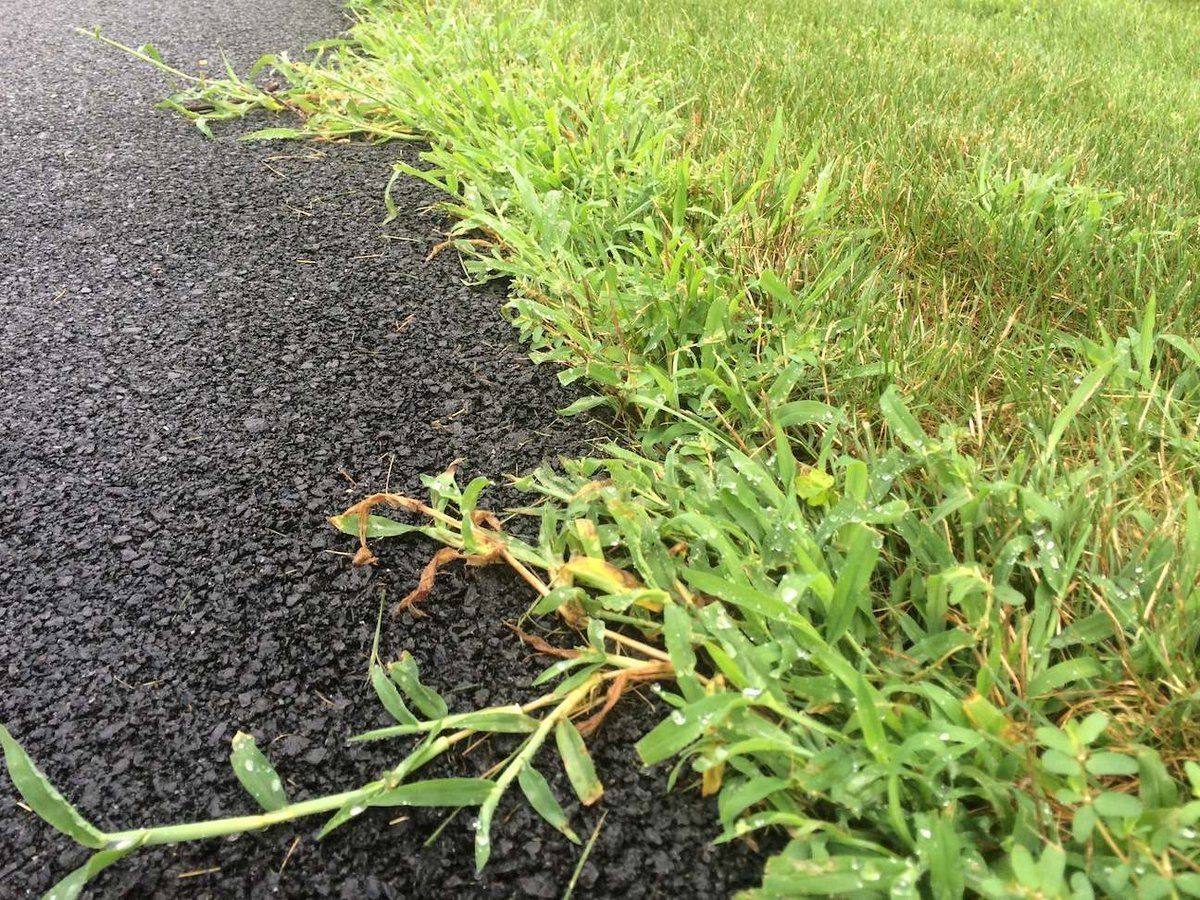
Once the weeds have broken ground, you can use post-emergent herbicides to control them.
But there’s a trick to this — you need to know what you’re up against.
Weeds can be either grassy or broadleaf, with each kind requiring a specific treatment plan. Once you know what type of weed is in your lawn, you can take action with a weed killer that targets the type of weed you have. Be sure to follow the label instructions exactly.
Or, better yet, kick pesky weeds to the curb with professional weed control that includes pre-emergent weed treatment in the spring, to battle weeds before they sprout; broadleaf applications to hit dandelions and clover; and spot treatments when pesky intruders sneak in.
How to Prevent Weeds with Proper Maintenance
The best way to beat this frustratingly common Idaho lawn problem is to establish healthy turf, including proper fertilizing, watering, and mowing.
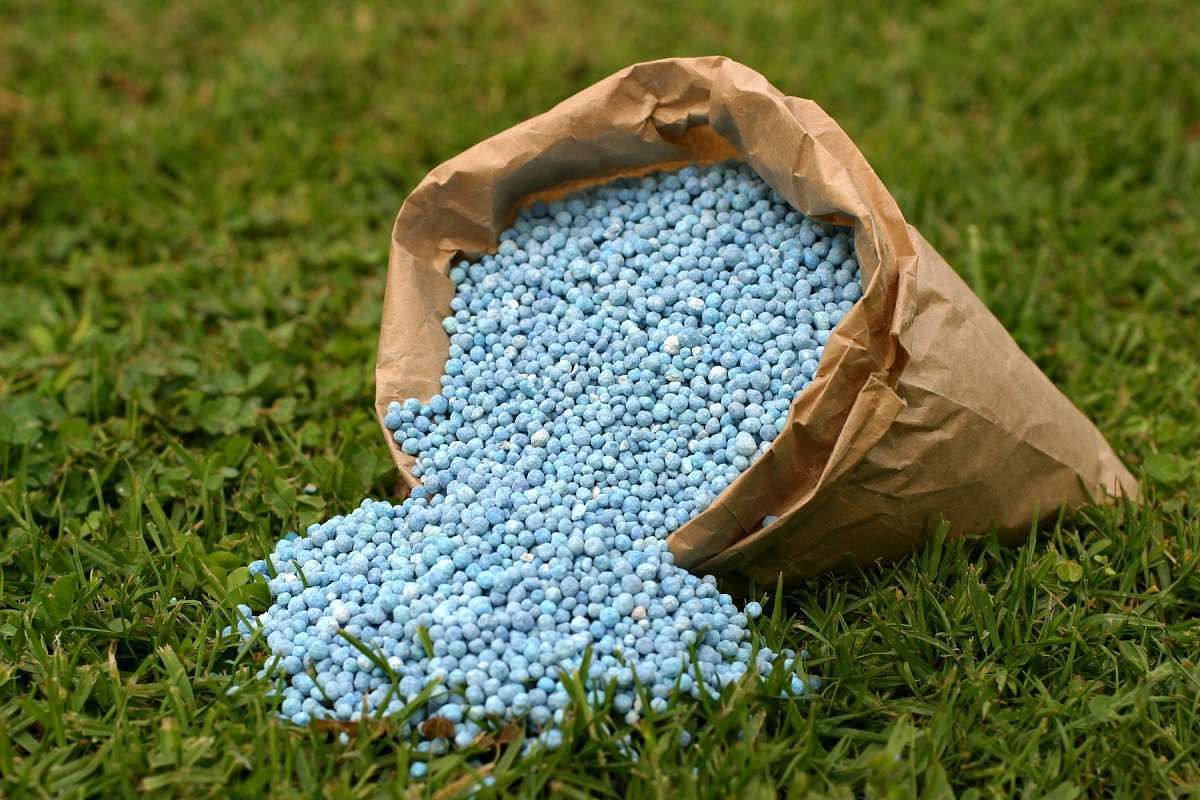
Weeds hate a thick, healthy lawn. Dense grass crowds out weeds and blocks the sunlight their seeds need to sprout. Weeds love to push through struggling lawns to take over weak spots.
2. Bare Spots and Thin Lawn
There are lots of types of lawn problems that can cause dead or bare spots, from fungus to foot traffic, grubs to dog urine.
A big grass problem in Idaho that causes bare, thin spots: compacted soil. Maybe your lawn can’t breathe.
When your soil becomes compacted, your lawn is gasping for air. Its roots can't take in water or nutrients, which weakens your turf.
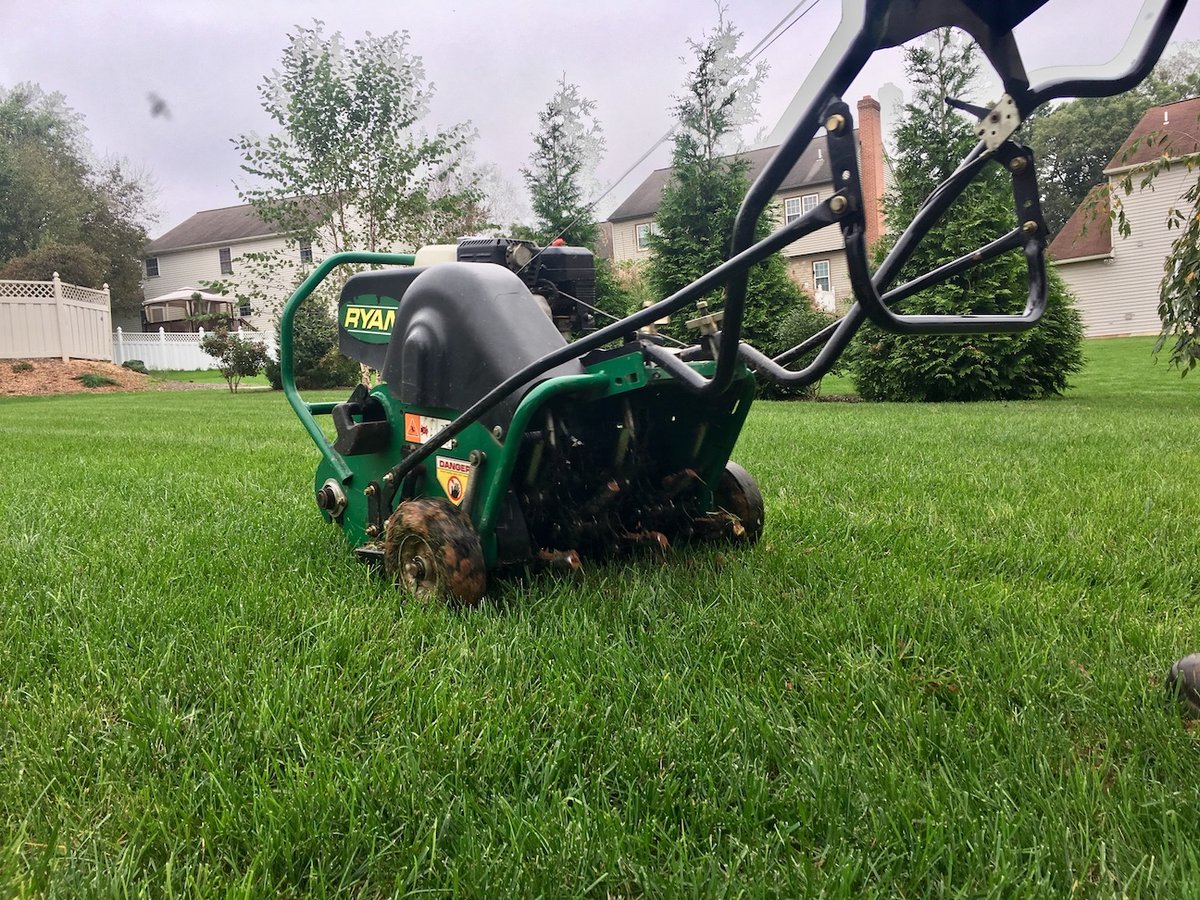
Aeration and seeding can be your best friend here.
Lawn aeration uses a machine to pull out plugs of soil, creating spaces so that air and water can penetrate, which leads to healthier roots.
Lawn aeration also helps break down thatch — another lawn problem in Idaho — that layer of dead grass and stems that sits between the grass blades and the soil.
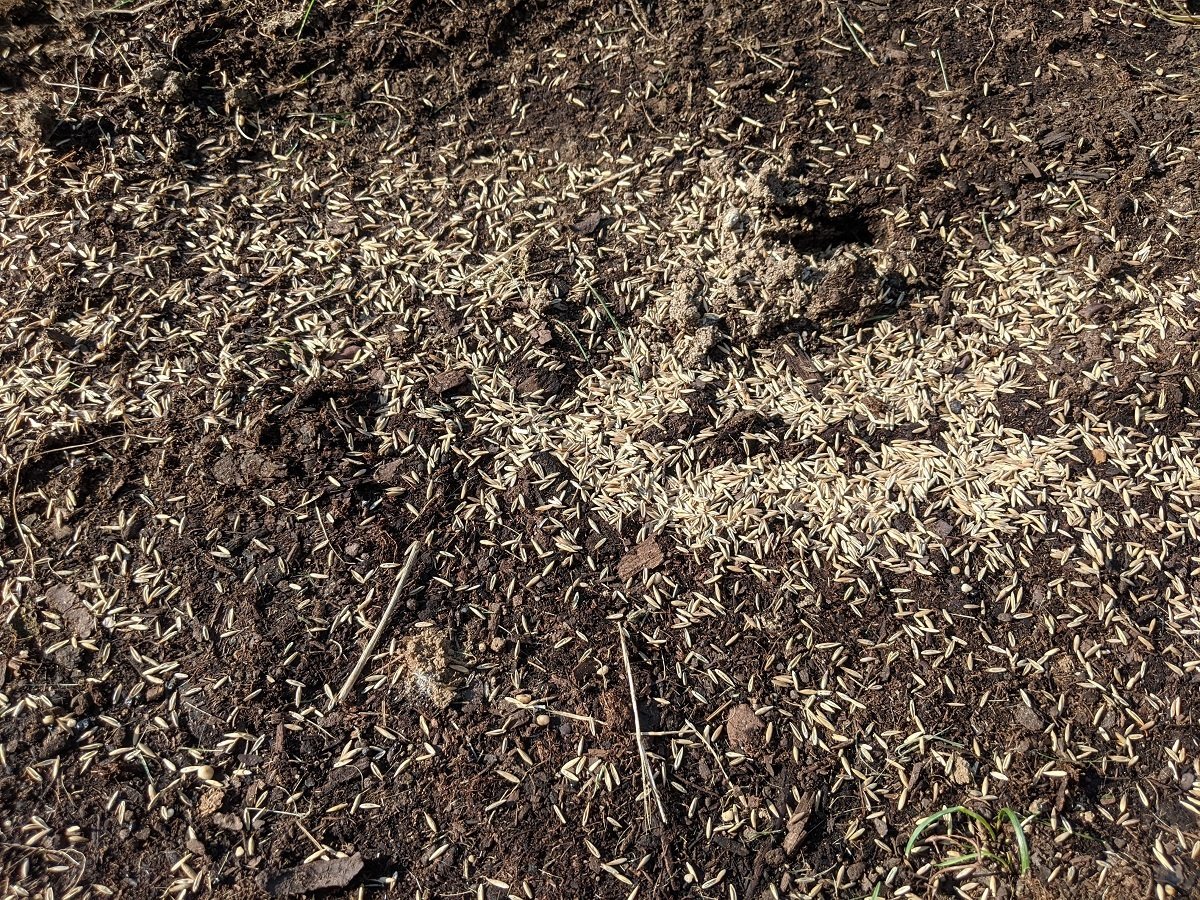
Aeration is typically followed by overseeding, as the holes created by aeration are perfect new homes for the grass seed.
A proper seeding with quality grass seed can often do the trick to fill in the occasional lawn bare spot.
3. Lawn Problems in Idaho: Grubs (Yuck)
Grubs are gross, so let’s get this over with quickly.
Grubs are the larvae of Japanese beetles, June beetles, chafers, and other beetles.
These white, C-shaped grubs have soft squishy bodies with legs near their head. They feed on grass roots and organic matter in the soil, causing sections of grass in the lawn to die.
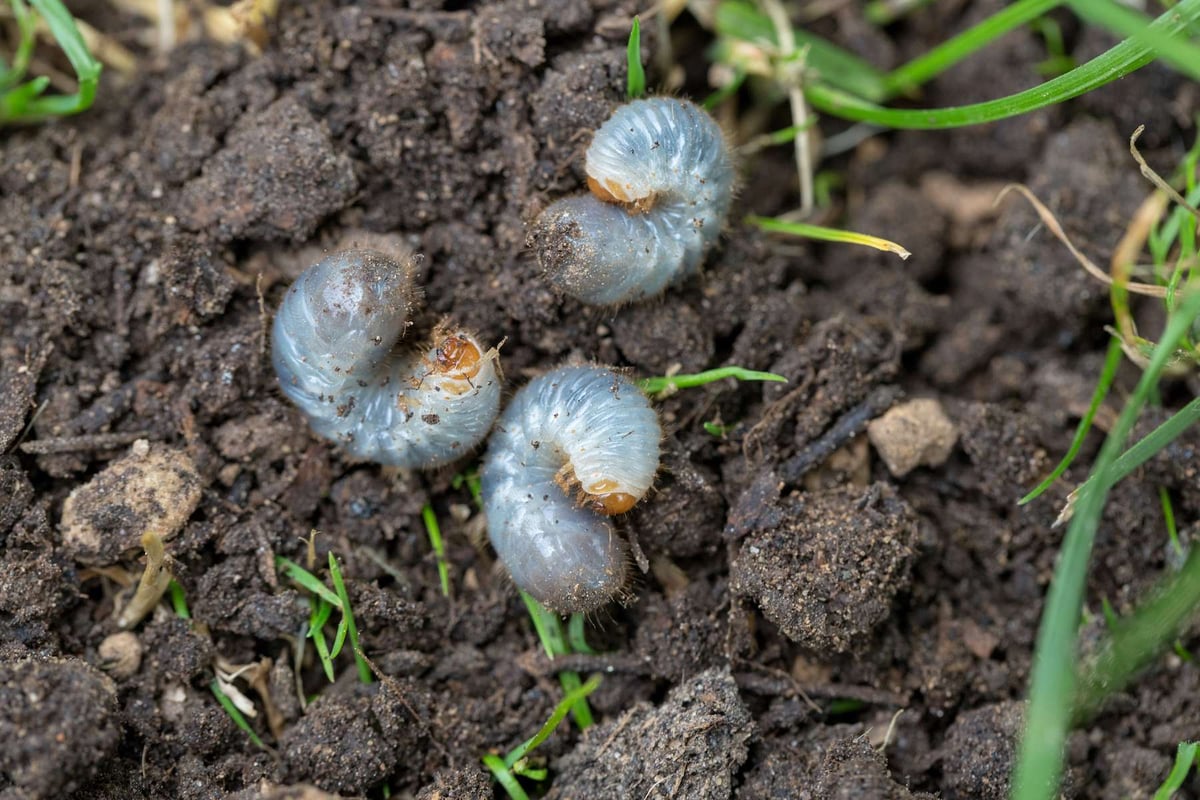
It can happen really fast. One day you’re looking out at your healthy lawn, pondering which of your sparkly gold crowns to wear, two days later it’s wiped out — entire patches will be brown, dry, and wilted.
If you’ve noticed an unusual number of critters having picnics on your lawn, that’s a sign of grubs. Moles, skunks, raccoons, and birds love digging in grub-filled turf for a squishy, tasty snack.
Other signs of lawn grubs:
Grab a handful of your lawn and tug. If it rolls up like loose carpet, you probably have grubs. They eat the roots holding the turf firmly in place on the soil.
Walk on your lawn. If it feels spongy, you could have grubs.
How to Get Rid of Lawn Grubs
The trick is to kill grubs before they hatch and start to chow down, so we’ll apply preventive lawn grub control in the spring to nip them in the bud.
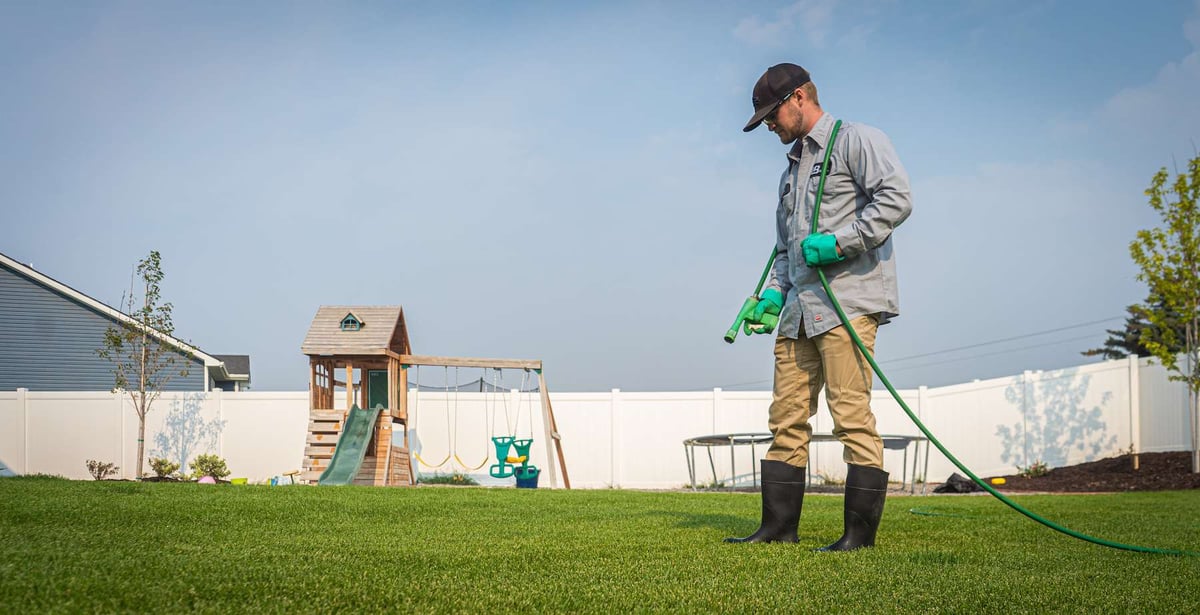
What can you do? A well-fed and maintained lawn will have fewer grubs than one that’s hungry and stressed by drought. Keep up with that fertilizer.
4. Fungus: A Common Idaho Lawn Problem
It’s kind of a mystery why the word “fungus” starts with the word “fun.”
There’s nothing fun about waking up one morning, pouring yourself a bowl of cereal, and looking out at your lawn to see entire areas have turned yellow or brown. Fungus is one of the common grass problems in Idaho.
Lawn damaged by fungus will often have a brown dead spot where the grass has died, but a lighter yellow-ish-brown ring around that where the fungus is spreading.
The type of disease will determine the course of treatment.
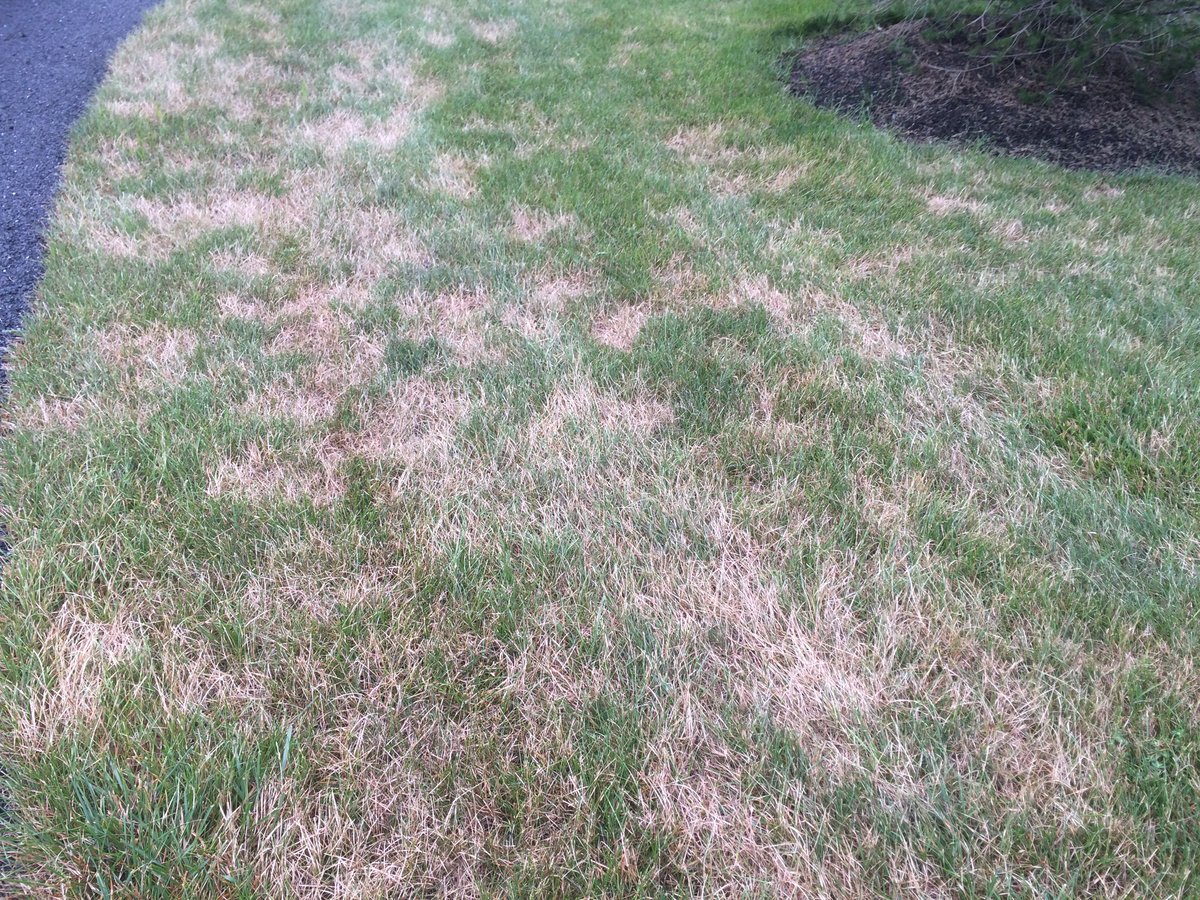
Applying fungicides can help treat many diseases and revive brown grass. A professional lawn care technician can help with diagnosis and proper treatment.
Meanwhile, you can head off lawn fungus with good preventive maintenance. Invest in a balanced fertilization program that provides the necessary nutrients at the appropriate times of year.
And keep your mower blades sharp. Grass blades that are torn by dull mower blades are not only susceptible to lawn fungus, they also help to spread it across your lawn by introducing it to healthy grass while it clings to the mower blades.
5. Sad Soil Joins the List of Idaho Grass Problems
A lot of homes’ turf is growing on a thin layer of poor soil that could really use a boost.
How do you improve your lawn soil quality?
Add organic matter —plant debris, shredded leaves, animal manure, grass clippings. Organic matter adds great lawn nutrition to depleted soils and brings in helpful microbes and earthworms that break down the organic matter, tunneling and creating pockets that lighten the soil and allow air and water to reach the roots.
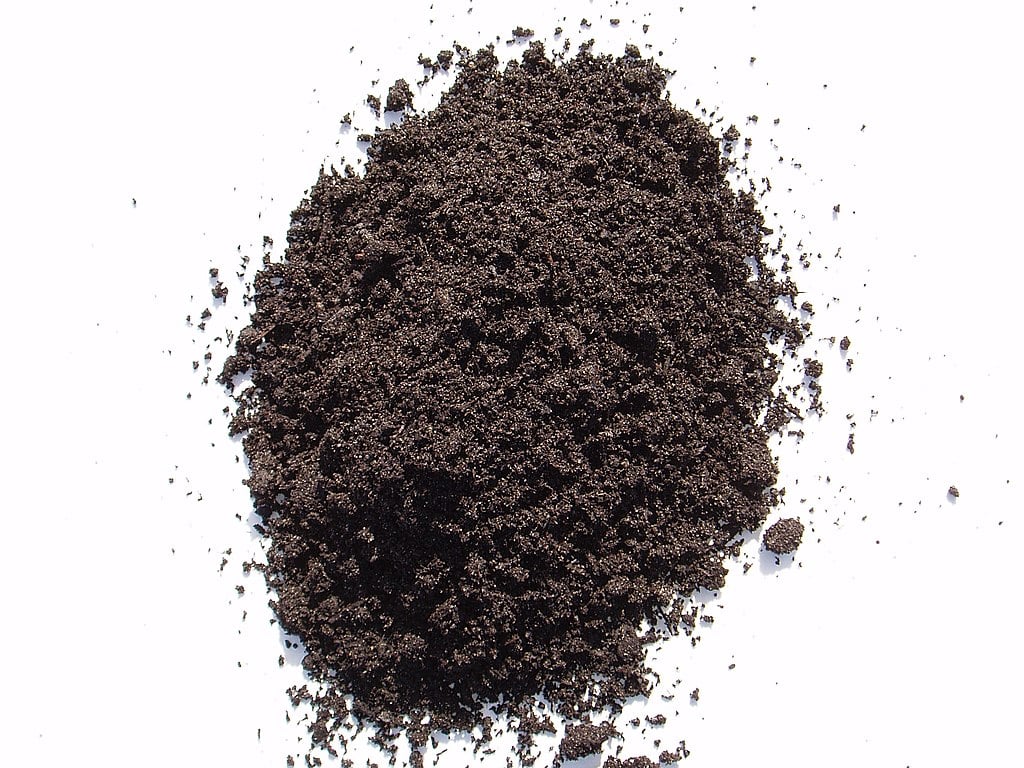
Top dressing. Use a lightweight amendment like compost or peat moss. You can just scatter it with your hands if you have a small area. Or start with a few small piles throughout your yard and lightly rake it into an even, quarter-inch layer.
Mulch your grass clippings for a lawn nutrition boost. An easy way to add organic matter into your soil is to use a mulching blade on your lawn mower. As the grass clippings decompose, they create a layer of compost on top of the soil. You can also mow over leaves in the fall instead of raking them, as this also adds organic matter into the soil.
Is Your Lawn Ready for a New Best Friend?
The only thing worse than discovering your Idaho lawn problems are basic and ordinary is spending your precious weekends trying to fix them.
It’s a lot of work.
How to fix lawn problems in Idaho? Leave it to us.
Choose an Idaho Falls or Boise professional lawn care service that bundles your yard’s most-needed treatments into one convenient, no-fuss, six-visit plan that includes everything your lawn needs to grow healthy and green, including weed control and grub control that’s perfectly timed throughout the year.
Fertilizing, weed control, grub control. Done.
Got a few minutes? That’s all you need to get started.
Fill out the form on this page.
Call us at (208) 656-9131.
Or read more about our services.
Then kick back and relax in your healthy, thriving yard.
Image Source: Soil




